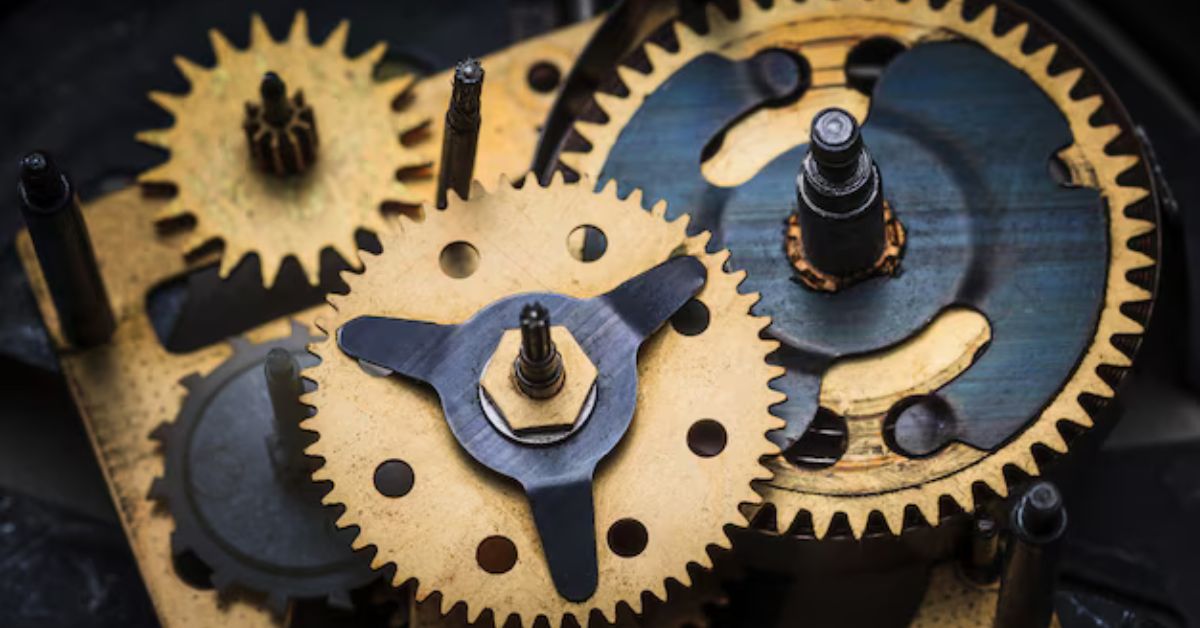x axis timing belt ll-2gt 43022 sc 12023 293 And Their Importance in Engineering
In modern engineering, especially in the manufacturing and robotics industries, precision and reliability are paramount. Many mechanical systems rely on various components to ensure smooth, efficient, and accurate movements. One such crucial component is the timing belt, which is used extensively in automated systems, machines, and conveyors for transferring power between components.
Among the various types of timing belts available, the x axis timing belt ll-2gt 43022 sc 12023 293—are designed to meet specific needs in machines that require precise, controlled movement along the x-axis. This article dives deep into the technical details and applications of such timing belts, emphasizing their role in mechanical systems and highlighting the various aspects of the product numbers and part codes associated with them.
The Basics of x axis timing belt ll-2gt 43022 sc 12023 293
A timing belt is a rubber belt with teeth that mesh with the teeth on pulleys, allowing for synchronized rotation. Unlike traditional V-belts or flat belts, timing belts ensure that there is no slippage between the pulley and the belt. This makes them perfect for high-precision applications. The belt is often used in gear systems to transfer power in machinery, and its synchronized operation ensures that the motion is consistent.
Timing belts are typically used in applications that involve moving parts in sync, such as in engine timing in vehicles, robotic arms in factories, and conveyor systems in manufacturing plants. The x axis timing belt ll-2gt 43022 sc 12023 293 is particularly useful in scenarios where horizontal movement is needed, and precise positioning is crucial.
Understanding the Model: x axis timing belt ll-2gt 43022 sc 12023 293
The part number “LL-2GT 43022 SC 12023 293” is a complex code that provides specific information about the timing belt in question. Understanding each component of the part number helps in understanding its specifications and applications.
LL-2GT
- LL typically refers to the type of material or the design of the timing belt. It could denote the series or the specific model type within a broader category of timing belts.
- 2GT refers to the tooth profile used in the belt. In this case, “GT” stands for “Gates Timing,” a common system used in industrial and mechanical timing belts. The number “2” often refers to the pitch or distance between the teeth of the belt, making the belt suited for a specific type of pulley.
43022
- This part of the code usually refers to the specific design or size specifications of the belt, such as the length, width, or other physical attributes. The number “43022” could be related to the manufacturing batch or specific size dimensions that make the belt compatible with certain pulleys or mechanical systems.
SC 12023
- SC could refer to a special treatment or coating applied to the belt. Many timing belts are made of durable materials like polyurethane, and the “SC” designation may indicate a special coating to enhance wear resistance, improve longevity, or protect the belt from environmental factors like moisture or heat.
- 12023 might denote additional specifications like the internal structure, tooth count, or load-bearing capacity of the belt.
293
- This number is likely indicative of the total number of teeth on the belt, which determines how many teeth mesh with the pulleys to drive the system. The more teeth, the finer the resolution for precise movements.
Features and Specifications of the X Axis Timing Belt
When examining the features of an x axis timing belt ll-2gt 43022 sc 12023 293, several characteristics stand out that make it ideal for various industrial applications:
High Durability
Timing belts, particularly those used in high-demand systems like robotics or CNC machines, need to withstand considerable wear and tear. The x axis timing belt ll-2gt 43022 sc 12023 293 is designed with materials that are resistant to heat, friction, and environmental elements. This durability ensures long operational lifespans with minimal downtime.
Precise Motion Control
One of the key features of the X Axis Timing Belt is its ability to provide precise motion control. This is especially important in applications such as 3D printers, CNC machines, and robotic arms, where even a slight deviation in positioning can lead to significant errors.
Efficiency and Low Maintenance
x axis timing belt ll-2gt 43022 sc 12023 293 are designed for efficiency, enabling smooth transfer of power while reducing the need for frequent maintenance. The high-quality materials and manufacturing standards ensure that the belt will operate efficiently for extended periods without frequent adjustments or replacements.
Noise Reduction
The design and materials of the x axis timing belt ll-2gt 43022 sc 12023 293 contribute to a quieter operation compared to other types of mechanical drive systems. In environments such as medical equipment or precision machinery, reducing noise is often a critical factor.
Applications of X Axis Timing Belts
The specific application of the x axis timing belt ll-2gt 43022 sc 12023 293 depends largely on the industry and the machinery it is used in. However, these belts are particularly useful in situations requiring precise horizontal movement or positioning.
Robotics
In the field of robotics, the x axis timing belt ll-2gt 43022 sc 12023 293 is used to control the horizontal motion of robotic arms, ensuring that each movement is accurate and synchronized. Whether it’s for assembly line operations, picking and placing items, or operating complex machines, the X Axis Timing Belt plays a vital role in maintaining the accuracy and efficiency of the robotic system.
CNC Machines
CNC (Computer Numerical Control) machines use the x axis timing belt ll-2gt 43022 sc 12023 293 for positioning the tool head along the x-axis. This is crucial for tasks such as engraving, milling, or drilling, where precision is of the utmost importance. The X Axis Timing Belt ensures that the movements are not only accurate but also repeatable, which is essential for maintaining consistent quality in machining.
3D Printers
In 3D printing, precise motion control is needed for the printing head to follow the exact path required to create objects layer by layer. The X Axis Timing Belt is often used to control the movement of the printer’s extruder along the x-axis. Its durability and precise motion help ensure that 3D printed objects are produced with high accuracy and minimal errors.
Conveyor Systems
In manufacturing plants and warehouses, conveyor systems are often used to move products along an assembly line or between different parts of the production process. The x axis timing belt ll-2gt 43022 sc 12023 293 can be used in these systems to control horizontal movement, ensuring that the items move efficiently without any misalignment or delays.
Maintenance and Troubleshooting
Even the most durable and high-quality timing belts require periodic maintenance and occasional troubleshooting to ensure optimal performance. For timing belts like the x axis timing belt ll-2gt 43022 sc 12023 293, common maintenance procedures include:
- Checking for Wear and Tear: Over time, belts can stretch, wear down, or even develop cracks. Regular inspections will help identify any issues before they lead to a system failure.
- Proper Tensioning: The tension of the timing belt must be correct to avoid slipping or excessive wear. If the belt is too loose, it may slip; if it is too tight, it could cause excessive strain on the motor and pulleys.
- Lubrication: Some timing belts may require lubrication to reduce friction and extend their lifespan. However, it’s important to follow the manufacturer’s recommendations on lubrication to avoid damaging the belt or causing performance issues.
Conclusion
The x axis timing belt ll-2gt 43022 sc 12023 293 is an integral component in various mechanical and automated systems, offering precision, efficiency, and durability. With its specialized design and materials, it serves applications ranging from robotics and CNC machines to 3D printers and conveyor systems. Understanding the technical specifications, features, and applications of this timing belt helps engineers and technicians choose the right component for their systems, ensuring optimal performance and long-lasting reliability.
By focusing on maintenance and troubleshooting, operators can ensure that these belts continue to deliver exceptional performance, contributing to the overall efficiency and success of their operations.







